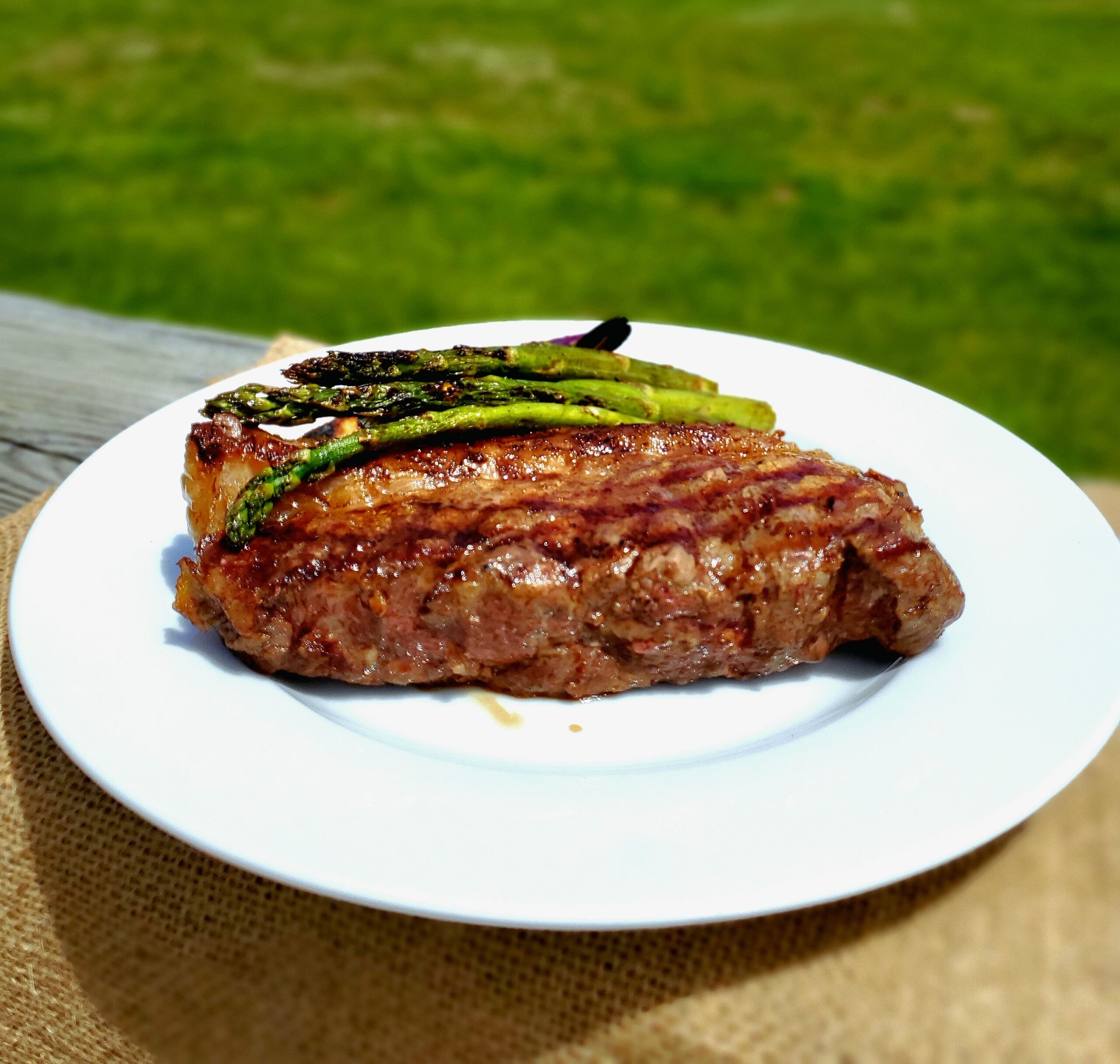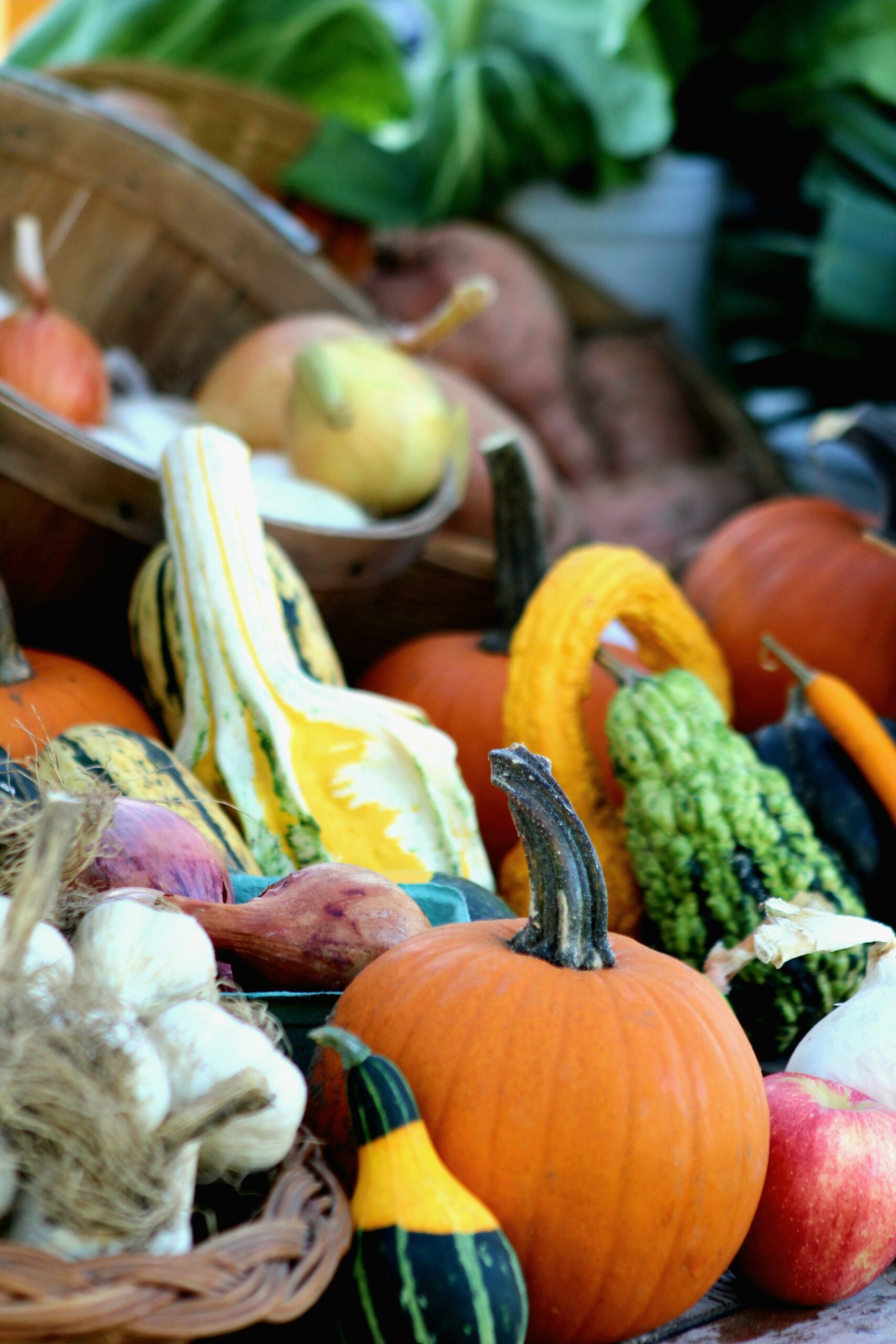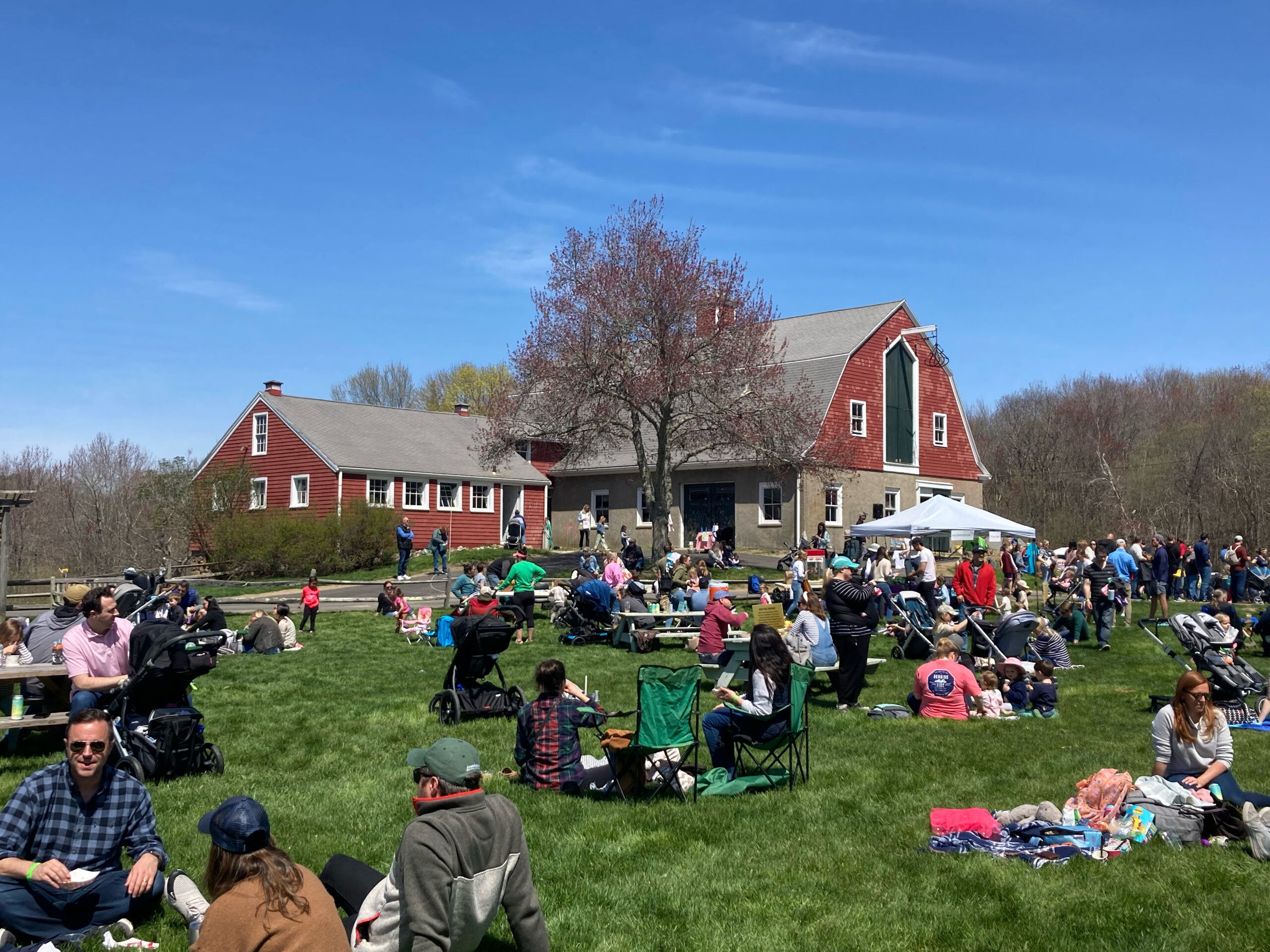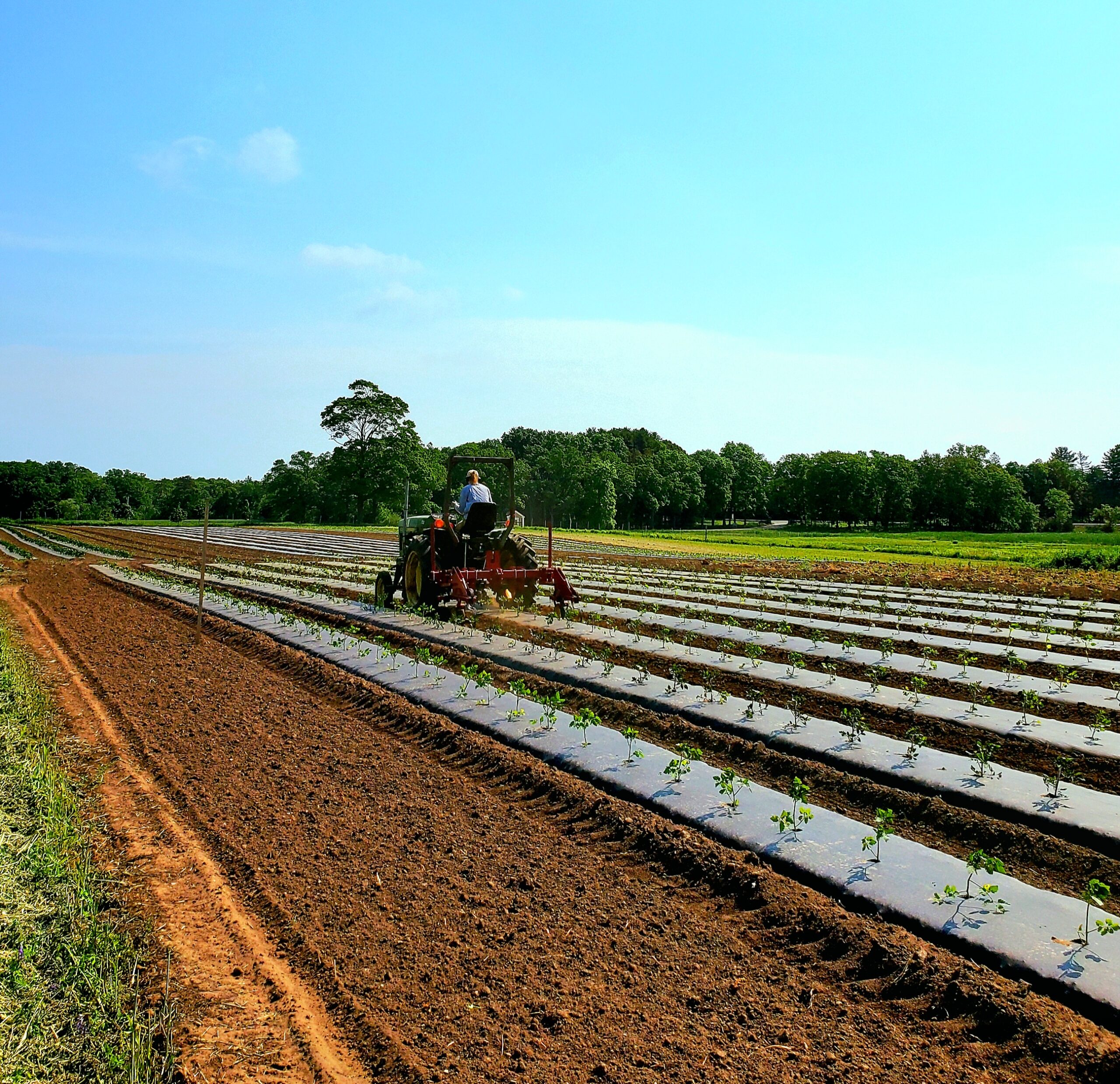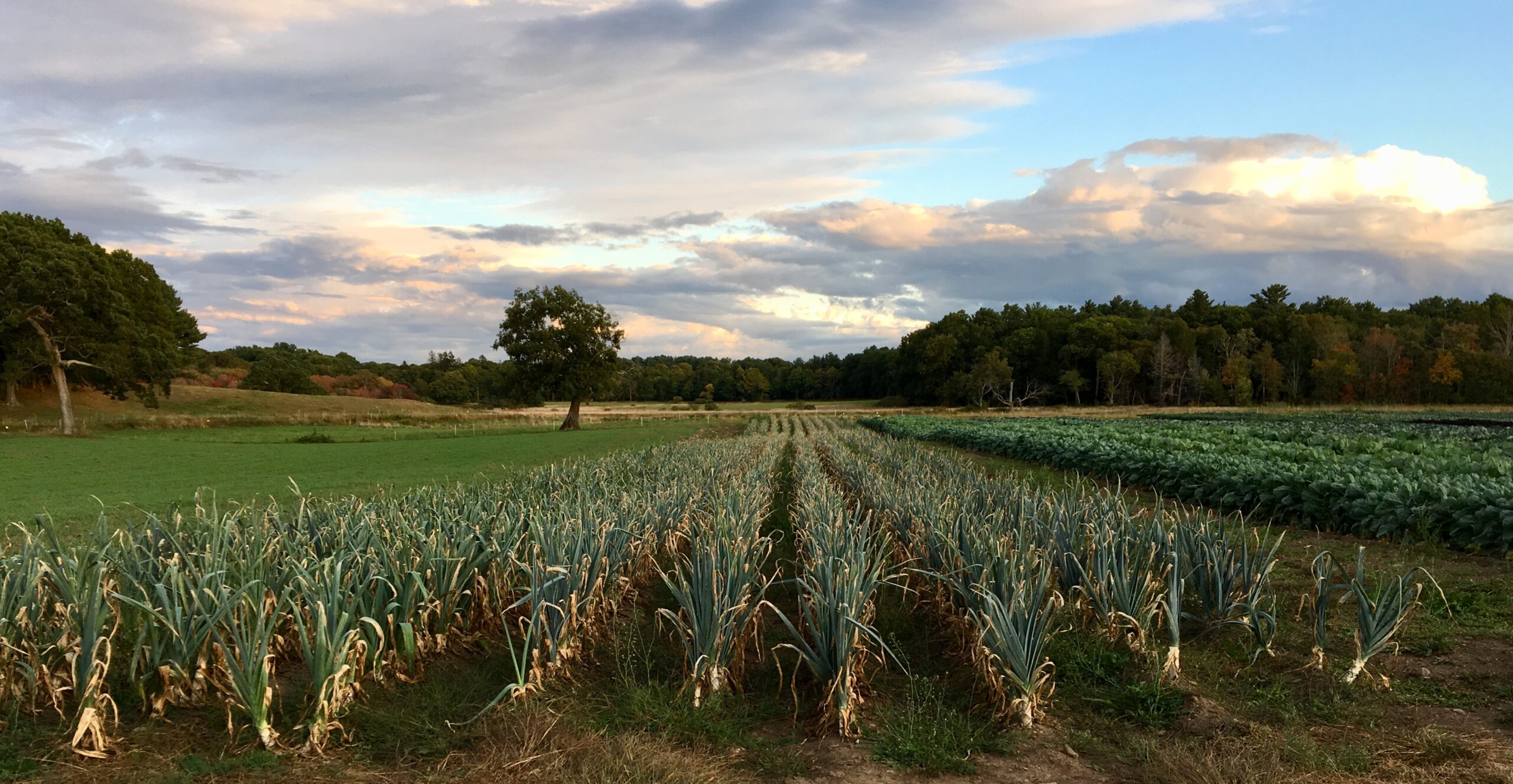Because our beef and lamb are 100% grass-fed, they move around, exhibiting natural instincts, using their muscles in a way that conventional beef do not. As a result, 100% grass-fed and pastured meats have much more flavor, longer muscle fibers and less fat. When muscles do a lot of work, they develop a connective tissue protein called collagen, which is what can make meat tough if it seizes up in cooking – your job when preparing 100% grass-fed beef and lamb is to break down those proteins through gentle cooking techniques.
Tips for Cooking Trustees Grown Beef & Lamb
Use a Meat Thermometer – 100% grass-fed meats cook quicker than their conventional counterparts. Since fat works as an insulator, the quantity and nature of it affects the way your meat cooks. 100% grass-fed meats have less marbling than grain fed meat. The only way to know if your 100% grass-fed meat is done is to use a high-quality meat thermometer. Very pink is just right.
Turn Down the Heat – if the heat is too high when grass-fed meats are cooked, the moisture and fat escape your cut too quickly which toughens the proteins. So set the flame lower when grilling or browning and reduce the temperature significantly when roasting. The longer you can maintain 160 degrees Fahrenheit, the more successful you will be at breaking down connective proteins – resulting in tender meat.
Start with Room Temperature Meat – This along with a gentler cooking temperature will help your meat stay juicy and cook through more evenly.
Dry Heat vs Moist-Heat Cooking Methods– Learn when to use dry-heat cooking methods and when to use moist-heat cooking methods. Dry-heat is the process whereby fats and juices are pulled from the meat, thus firming it up until it reaches the desired doneness. Dry-heat methods include pan-frying, broiling, roasting, grilling, stir-frying, and sautéing. Dry-heat cooking methods are appropriate for tender cuts of meat – those that come from animal muscles that do the least amount of work-loin cuts, for example. Moist-heat methods are used for tougher cuts of meat and include braising, stewing, crock-pot cooking and sometimes boiling. Tougher cuts typically come from the muscles of the animal that do a lot of work. When muscles do a lot of work, they develop a connective tissue protein called collagen, which is what makes the meat tough. Moist heat helps to break down this collagen, thus tenderizing the meat.
Ease up on Seasoning and Sauces Animals raised on pasture produce meats that have lovely, distinctive flavor. Grass-fed meats should be seasoned delicately so as not to mask their delicious flavor.
You can get Trustees Grown meats and vegetables by shopping at our Farm Stores or Joining our CSA
